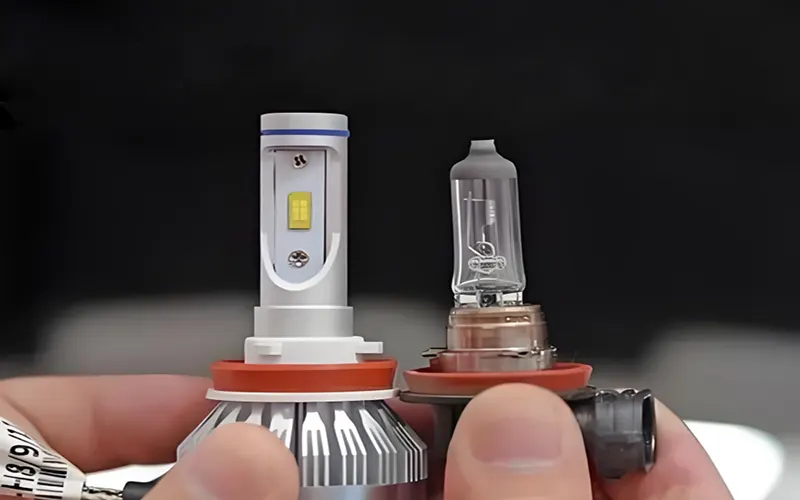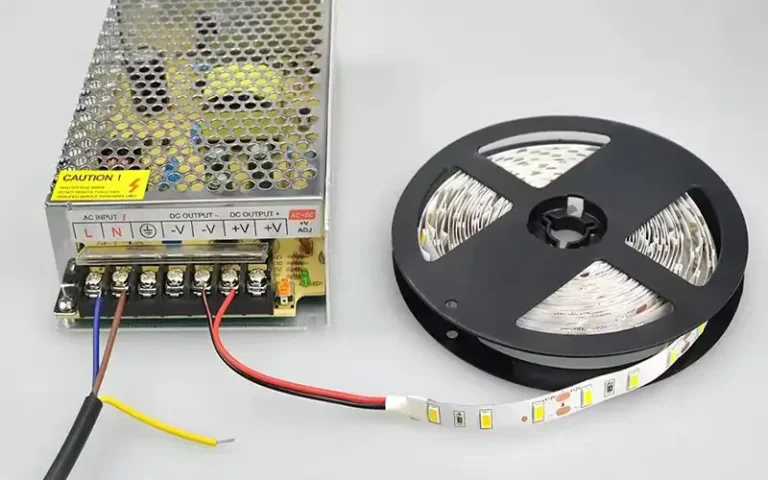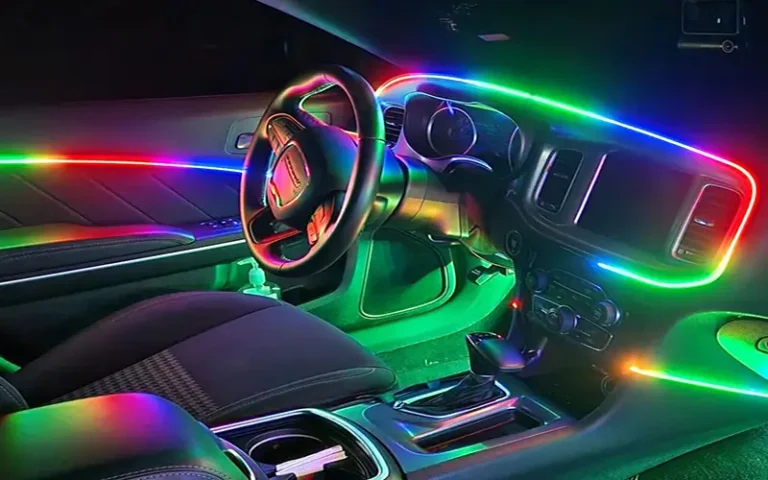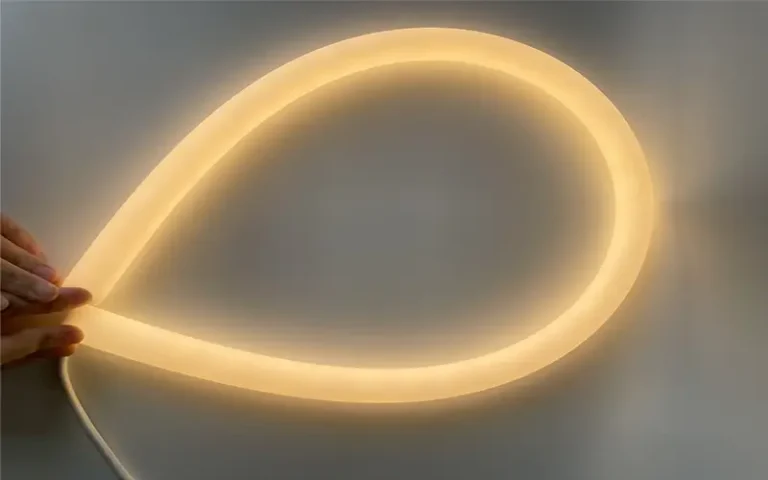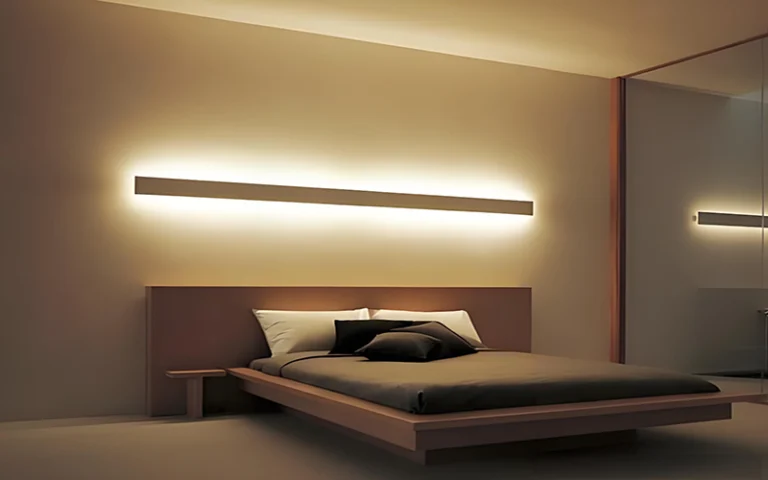Halogen vs. LED Bulbs: How To Choose?
When choosing lighting for your home or workplace, the two most common types of bulbs you’ll encounter are halogen bulbs vs. LED bulbs. While both provide illumination, they operate on very different principles, each with its own advantages and disadvantages. Let’s take a closer look at halogen vs. LED bulbs to help you make the right choice.
What Are Halogen Bulbs?
A halogen bulb is a type of incandescent bulb that uses halogen gas (usually iodine or bromine) to improve efficiency and lifespan. It looks similar to a traditional incandescent bulb, but is slightly more efficient because the halogen gas prolongs the life of the filament and increases brightness.
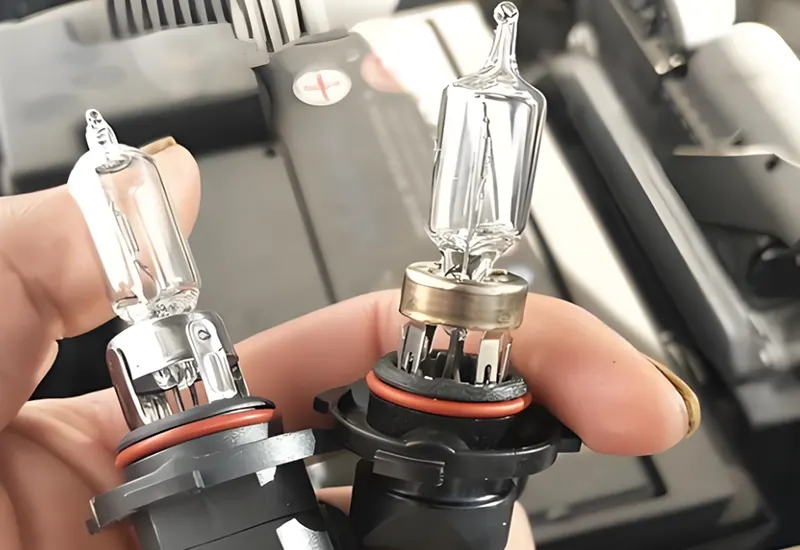
Halogen bulbs come in a variety of shapes and sizes, from standard A19 bulbs to smaller, specialized bulbs for spotlights or floodlights.
Halogen lamps are commonly used in track lights and automotive headlights. Known for their bright white light and crisp color temperature, they are ideal for areas requiring focused, intense illumination.
Advantages and Disadvantages of Halogen Bulbs
Next, let’s analyze the advantages and disadvantages of halogen bulbs in detail. Then you can choose the one that suits you based on your needs.
Advantages:
- Bright and Crisp Light: Halogen bulbs emit a bright, white light that closely resembles natural sunlight. They’re also easy on the eyes.
- Instant Full Brightness: Halogen bulbs reach maximum brightness immediately after being turned on. This makes them particularly useful for situations where instant illumination is needed.
- Compact and Versatile: Halogen bulbs come in a variety of shapes and sizes, making them suitable for a wide range of fixtures. They can easily fit into smaller, more compact spaces.
- Lower Initial Cost: Halogen bulbs typically have a lower initial cost than LED bulbs, making them an affordable option.
Disadvantages:
- High Energy Consumption: Halogen bulbs use more energy than LED bulbs, resulting in higher electricity bills. LED bulbs are more energy-efficient.
- Shorter Lifespan: Halogen bulbs typically last about 2,000 hours, while LED bulbs can last up to 25,000 hours or more. This means more frequent bulb replacements and higher maintenance costs.
- Heat Production: Halogen bulbs emit a significant amount of heat, which can increase cooling costs, especially in warm climates or areas with poor ventilation. Halogen bulbs can also pose a fire hazard if misused.
- Environmental Impact: Because halogen bulbs contain small amounts of halogen gas and other substances, they must be handled with care. Unlike LED bulbs, halogen bulbs are less environmentally friendly.
What Are LED Bulbs?
An LED (light-emitting diode) bulb is a light source that uses semiconductor technology to generate light. LED bulbs generate light by passing an electric current through a semiconductor material.
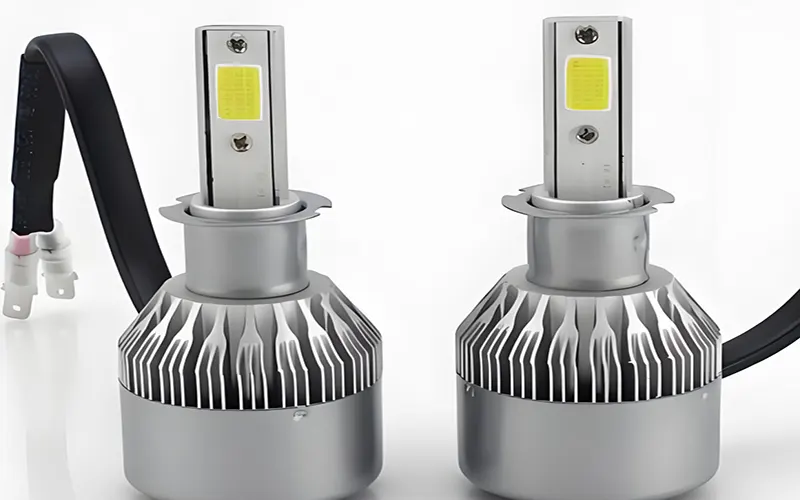
LED bulbs come in a variety of shapes, sizes, and color temperatures, ranging from warm white to cool blue. They are dimmable and suitable for both residential and commercial applications.
Due to their high efficiency and ability to produce different colors of light, LEDs are widely used in everything from home lighting to digital screens and automotive lighting.
Advantages and Disadvantages of LED Bulbs
Below, we’ll analyze the advantages and disadvantages of LED bulbs in detail to help you choose the right one.
Advantages:
- Energy Efficiency: LED bulbs are significantly more energy-efficient than halogen bulbs. They consume 80% less energy than halogen bulbs, significantly reducing your electricity bills.
- Long Lifespan: LED bulbs can last far longer than halogen bulbs, reaching 25,000 hours or more. This significantly reduces the need for frequent bulb replacements.
- Lower Heat Emission: Unlike halogen bulbs, LEDs generate minimal heat, making them safer to use and reducing the risk of fire.
- Variety of Colors and Dimming Options: LED lights offer a variety of color temperatures, from warm to cool, and often have dimming capabilities. This allows you to customize the light for different moods and environments.
Disadvantages:
- Higher Upfront Cost: LED bulbs typically have a higher initial cost than halogen bulbs, but their energy savings and long lifespan often offset this cost.
- Compatibility Issues: Some older dimmer switches or light fixtures may not be compatible with LED bulbs. This can cause flickering or poor performance.
Which Lasts Longer? Halogen vs. LED Bulbs
In terms of lifespan, LED bulbs far outlast halogen bulbs. A typical halogen bulb lasts about 2,000 hours, while LED bulbs can last up to 25,000 hours or more.
This makes LEDs a more sustainable and economical choice for homes and businesses. Not only do you save on replacement bulbs, but you also reduce the waste associated with frequently discarding halogen bulbs.
However, some areas still prefer halogen bulbs, such as the front lights of cars, where they offer better penetration in foggy conditions.
How to Choose the Right LED Bulb for You?
Choosing between halogen vs. LED bulbs ultimately comes down to your specific needs and priorities. If you’re looking for a more energy-efficient, longer-lasting solution that will save you money in the long run, LED bulbs are the smart choice.
However, if you need a bulb that provides instant full brightness, a warmer light quality, or a lower upfront cost, halogen bulbs may still be a suitable option in some cases.
We are a manufacturer of LED strip lights. We have a variety of models for you to choose from. If you have any needs, please contact us.

